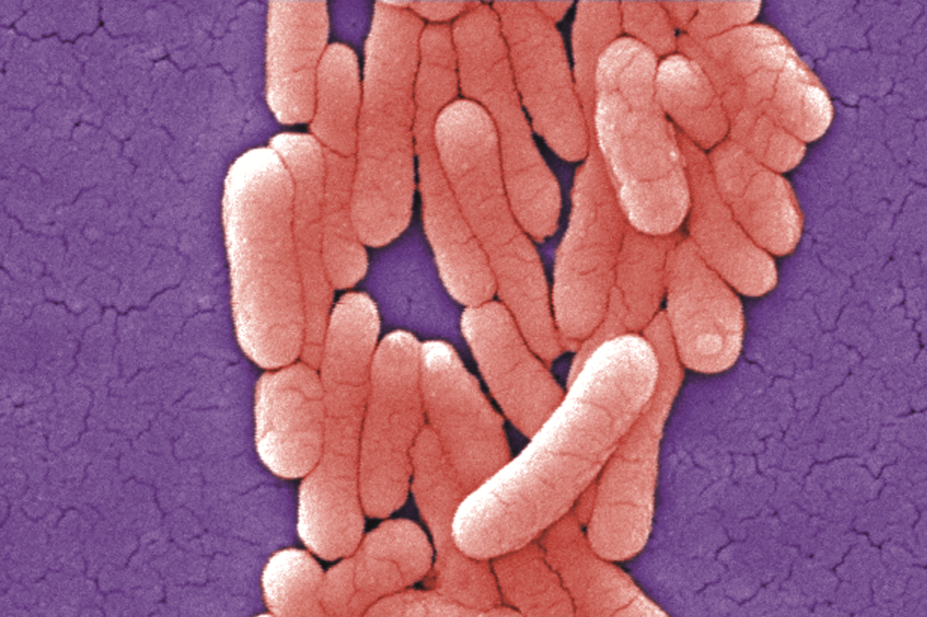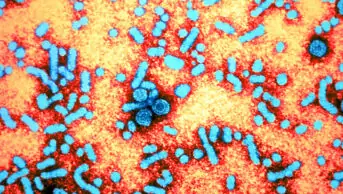
CDC / Janice Haney Carr
There are around 20 million cases of typhoid fever each year but differences in genetic susceptibility to the infection are only just being explored.
In a study in PNAS (online, 21 August 2017), researchers carried out a genome-wide association study to identify genetic variation linked to the susceptibility of cells to invasion by the typhoid fever pathogen Salmonella enterica serovar Typhi (S. Typhi)[1]
.
They found that a variant within the VAC14 gene, which is involved in lipid regulation, increased susceptibility to infection because higher cholesterol levels in the plasma membrane enabled pathogen docking and invasion. And in zebrafish, they showed that the cholesterol-lowering drug ezetimibe was able to lower the rate of S. Typhi invasion.
The team said the results indicated that repurposing cholesterol-lowering drugs could have potential for the prophylaxis or treatment of typhoid fever.
References
[1] Alvarez M, Glover L, Luo P et al. Human genetic variation in VAC14 regulates Salmonella invasion and typhoid fever through modulation of cholesterol. PNAS 2017;114:37 E7746–E7755. doi: 10.1073/pnas.1706070114


